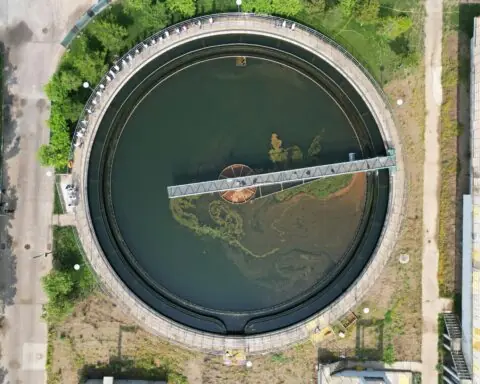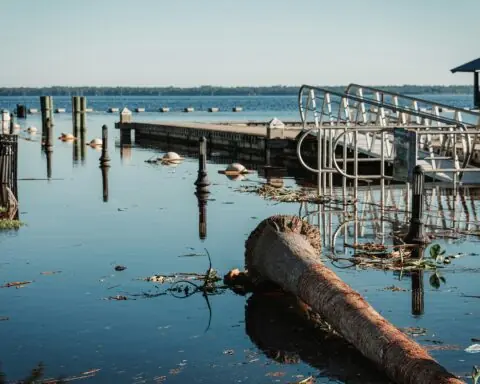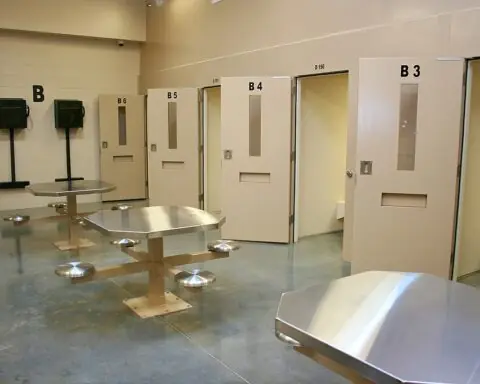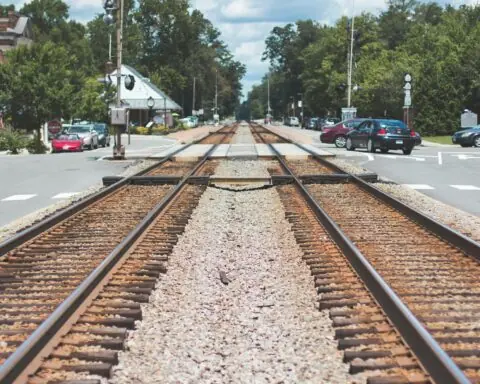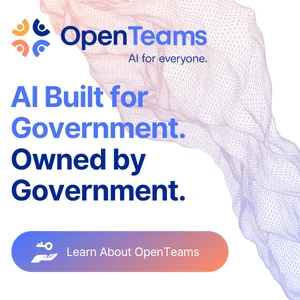This story was originally published in the Government Contracting Pipeline newsletter from Strategic Partnerships, Inc. To have the latest government contracting news stories from across the country delivered straight to your inbox, click here to subscribe.
Raleigh, North Carolina, will spend $157 million to upgrade the city’s water and sewer system infrastructure. The city will distribute the funds across three projects that will replace pipes, install transmission lines and increase system redundancy.
The $71 million Crabtree Valley Sewer Improvement project will install approximately 15,000 feet of gravity sewer line along Crabtree Creek. The project will replace sections of the existing line with 36-inch, 42-inch, 48-inch and 54-inch sewer line. Plans include placing an additional sewer line behind the local mall to serve businesses. Construction is expected to begin in winter 2025.
The city will use $35 million to replace 11,700 feet of 36-inch water main transmission lines between two pump stations. Once completed, the pump stations will be able to fill a nearby water tank to provide redundancy for transmission flow from the local water treatment plant. The project may also potentially extend the city’s reuse water system throughout the project area in the future. Construction is expected to begin in winter 2025.
Raleigh will spend $30 million to upsize 15,900 feet of gravity sewer pipes with larger diameter or upgraded liner pipes. The current sewer line is not properly sized to handle heavy weather flows and risks sanitary sewer overflows. The project will enable the city to prepare for heavy rainfall in the project area, protecting the sewer system from higher yields. Construction is expected to begin in fall 2025.
The city will spend $21 million to install a 36-inch transmission main to replace and upgrade the existing undersized infrastructure along Durant Road. The pipeline will create redundancies and provide additional water flow capacity. Construction is expected to begin in winter 2025.
Photo courtesy USDAgov, Public domain, via Wikimedia Commons






